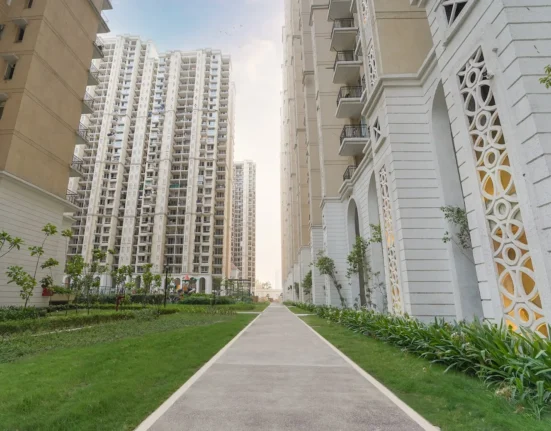Ayodhya, a city steeped in ancient Indian mythology, has witnessed a surge in land prices, particularly for 50 Gaj plots. This phenomenon can be attributed to a confluence of factors, both historical, religious, and contemporary economic.
Historical and Religious Significance:
Ram Janmabhoomi: The city’s most prominent landmark, the Ram Janmabhoomi temple, has played a pivotal role in driving land prices. The construction of this temple, a long-standing religious and political issue, has attracted significant attention and investment, leading to increased demand for land in the vicinity.
Mythological Significance: Ayodhya’s rich mythological history, associated with Lord Rama, has made it a place of pilgrimage for Hindus worldwide. This religious tourism has fueled demand for residential and commercial properties, including 50-gaj plots.
Economic Factors:
Infrastructure Development: Government initiatives to improve infrastructure in Ayodhya, such as road construction, transportation facilities, and urban development projects, have enhanced the city’s connectivity and livability. This has made it an attractive destination for investors and homebuyers, driving up land prices.
Real Estate Speculation: The anticipation of future development and appreciation in land values has led to real estate speculation. Investors have been purchasing plots, particularly 50-gaj ones, as a means of investment and potential profit, contributing to the rise in prices.
Limited Land Availability: Ayodhya, like many historical cities, has limited land resources. The demand for land, especially in prime locations, has outpaced supply, leading to increased competition and higher prices.
Social and Cultural Factors:
Religious Sentiments: The city’s strong religious identity has influenced land ownership patterns. Many people prefer to own property in Ayodhya, especially 50-gaj plots, due to their religious and emotional attachment to the city.
Social Status: Owning property in Ayodhya, particularly in prestigious areas, is often seen as a symbol of social status and financial success. This perception has created a premium for land in the city.
Challenges and Concerns:
Affordability: The rising land prices in Ayodhya have made it challenging for many people to afford 50-gaj plots. This has led to concerns about social inequality and the displacement of local residents.
Urban Sprawl: The increased demand for land has contributed to urban sprawl, putting pressure on natural resources and the environment.
Illegal Land Grabbing: In some cases, illegal land grabbing and encroachment have become issues in Ayodhya, affecting land ownership and property rights.
In conclusion, the high cost of 50-gaj plots in Ayodhya is a result of a complex interplay of factors, including historical significance, economic development, religious sentiments, and social factors. While the city’s growth and development are positive developments, it is essential to address the challenges associated with rising land prices to ensure equitable and sustainable urban development.







